Circular saws for cutting wood are irreplaceable equipment in every professional carpentry or home DIY workshop. Contrary to manual saws, they ensure fast and very precise cutting of wood. Circular saws for wood can be divided into different types. Read our article and learn more about various types of wood cutting devices and the most important parameters of their blades.
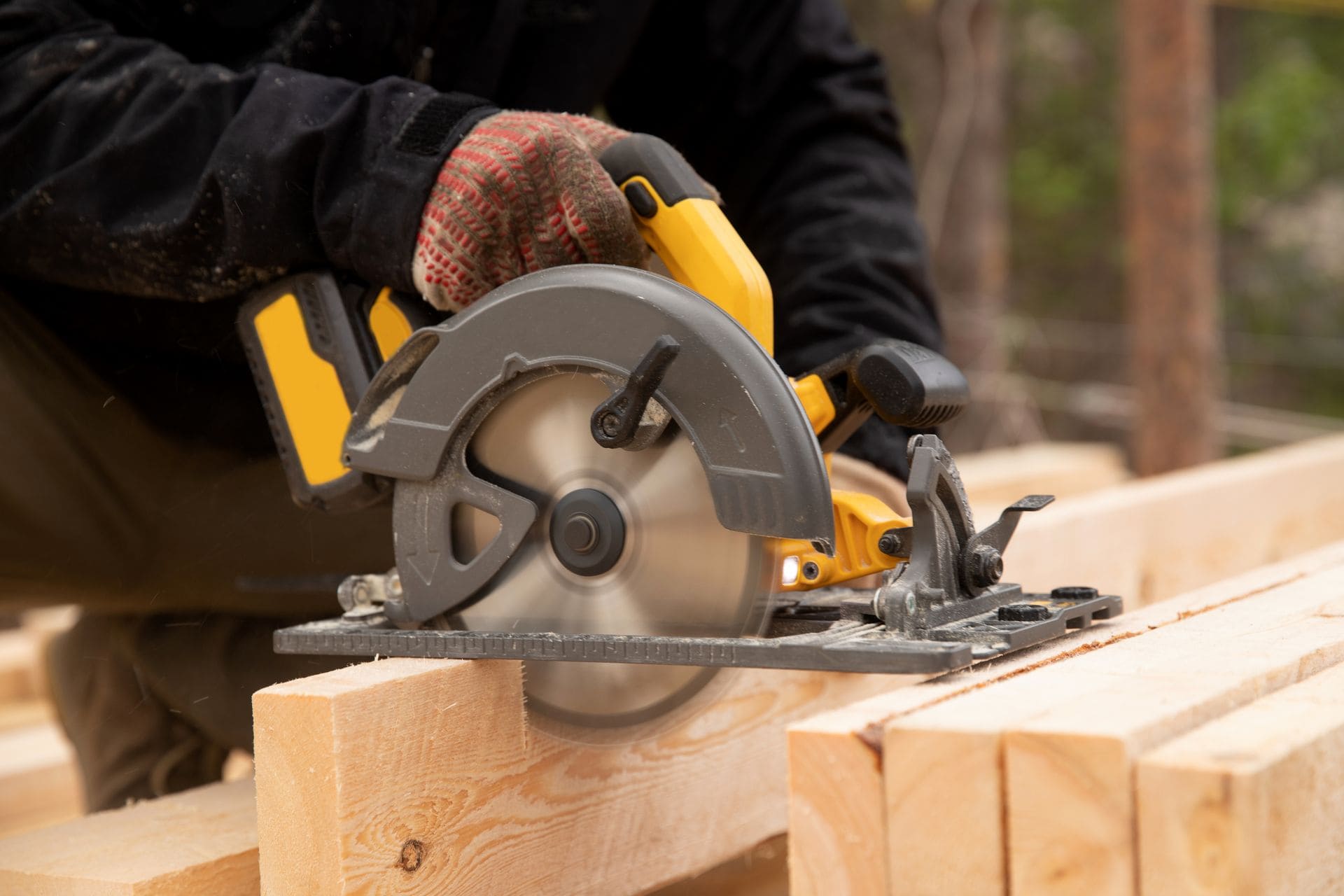
Circular saws for cutting wood are irreplaceable equipment in every professional carpentry or home DIY workshop. Contrary to manual saws, they ensure fast and very precise cutting of wood. Circular saws for wood can be divided into different types. Read our article and learn more about various types of wood cutting devices and the most important parameters of their blades.
What are the main features of a circular saw?
Circular saws are used to make straight cuts in various materials. They are power saws, and they use special circular blades to cut different materials using a rotary motion. Depending on your needs, circular saws can be powered:
- electrically,
- with fuel,
- by a battery.
When it comes to saws for cutting wood, electrically powered ones are the most common. They differ in terms of the power and speed that they provide. So check these parameters before choosing the best model for your needs.
The next significant distinguishing feature are the cutting blades. Circular saws are designed for blades of specific diameters, so keep this in mind when replacing a blade. There are many different wood blades available, which you can read more about later in this article.
Types of circular saws
Now that you know what circular saws are, it’s worth getting to know the different types intended for cutting wood. They can be distinguished, among others, by their construction:
- Circular table saws for cutting wood – these models have a special worktop, through which the blade protrudes, and a motor beneath the table. Such models allow for stable and precise cutting of long elements, e.g. planks or boards. Some saws have special rails helping you guide the materials. There are also saws intended for cutting at an angle.
- Hand-held circular saws. These do not use a table or frame like the above-mentioned type. They are operated manually, which gives you much more freedom of how and where to use them. They are intended for use in places where it is not possible to connect a table saw, or where quick cutting is required.
As already mentioned, the cutting blade used is a common distinguishing feature of different types of circular saws for cutting wood. Among them are:
- A circular saw with a universal blade – intended for cutting various materials: from wood, through plywood, to plastic. However, keep in mind that the material cannot be too hard, as universal blades are not designed for heavy duty cutting.
- A circular saw with a wood cutting blade – as the name suggests it is ideal for cutting wood. The teeth are usually carbide-tipped, which increases their durability and work efficiency.
- A circular saw with a designated blade – dedicated to cutting specific materials. They are distinguished by a different number, size and spacing of the teeth, as well as hardness.
Which blade is best for cutting wood?
The types of blade for the circular saws for cutting wood are like the types of cutters for the milling machines – they determine the use and purpose of the device. Knowing which blade to choose for a specific job is therefore important. So what should you pay attention to?
- The number of teeth – this parameter determines the precision and speed of getting the job done. Models with fewer teeth are quicker to use but generate a large amount of chippings. They are mainly used for making separating cuts. More teeth, in turn, mean slower but much more precise work, and are therefore ideal for precise, cross, angular and mitre cuts.
- The material of the teeth – the teeth are not always made of the same material as the rest of the blade. The most common blades have carbide tips, which guarantee a high level of resistance to abrasion, so the teeth stay sharp for a long time. Blades with a titanium finish are used for greater efficiency.
- The shape of the teeth – a popular model are blades with alternating angled teeth for precise cutting of hard and brittle materials. The angles vary from one tooth to another, which is useful for transverse and longitudinal cuts.
- Rake angle – the angle at which the teeth strike the surface of the workpiece. As a general rule, the smaller the angle, the greater the precision of the cut. There are even blades with a negative rake angle. For hard wood types, it is recommended to choose a larger rake angle.
- Material of the blade – this aspect contributes to the overall resistance to heavy duty use. Highly-solid steel is usually chosen for this reason. It is also subjected to hardening, which further increases its durability. Diamond blades are among the toughest.
- Vibration and noise levels – the amount of shocks generated during use is very important, especially with handheld saws. A higher level will require the user to apply greater force to control the device. As a result, lengthy use can be very tiring. The same applies to noise emissions. Expansion slots reduce the noise and help to dissipate heat, extending the life of the blade.
- Diameter – this parameter is vital to define whether the blade will match your saw or not. You should also choose the size according to the thickness and hardness of the material you are cutting, e.g. small blades are best used for cutting soft parts. The diameter is also connected to the power of the device. Blades with a diameter of Ø115, 125, 185 or 230 mm are used on low and medium-power saws. Blades with a diameter of 300 mm and larger, on the other hand, are intended for stronger, table-top machines.
With all these aspects in mind, you should be able to choose the perfect blade for your saw. If you are looking for information about accessories for other power tools, read our article about the different types of drill bits.
Circular saws for hard, soft and wet wood
The hardness and dampness of the wood play a large role in choosing the right type of circular saw. In this situation, the type of blade with which you will cut the material is especially important.
Circular saws for hard wood
Hardwood is mainly wood from deciduous trees. These include oak, birch, maple, beech, walnut, acacia, ash, pear and cherry trees. You should take it easy when cutting such wood, as rushing could damage the blade and the saw.
A blade for cutting hardwood should have a large number of teeth (more than 30). In some situations, e.g. with exotic wood, you could even use models with as many as 90 teeth! An important aspect in this case is how many teeth will be cutting at the same time. For hardwood, this number is around 4-6. Their shape should be flat, ideally with a rake angle of 15°.
Circular saws for softwood
Softwood usually comes from conifers such as pine, spruce, fir, limber, larch, but also from alder and poplar trees. It is much easier and faster to cut than hardwood. But this does not mean that you should rush.
For cutting softwood, blades with 15-20 teeth are used, while the number of teeth cutting at the same time should be 3. The rake angle may also be less than 15°.
Circular saws for wet wood
Wood moisture significantly influences the quality of the cut. When cutting wet wood, be especially careful of the blade slipping. Cheaper versions may not withstand heavy duty use, so it’s better to choose a blade made of a durable material.
Which circular saw for cutting wood should you choose – summary
A circular saw is much more effective and efficient for cutting wood than a traditional hand saw. However, choosing the right equipment is an important factor influencing the productivity of your work. Having read this article, you will now know about the different types of circular saws for cutting wood and what to look for when choosing the right blade.
Do you want to find out more practical information about setting up a DIY workshop? If so, check out our other articles on workshop tools.

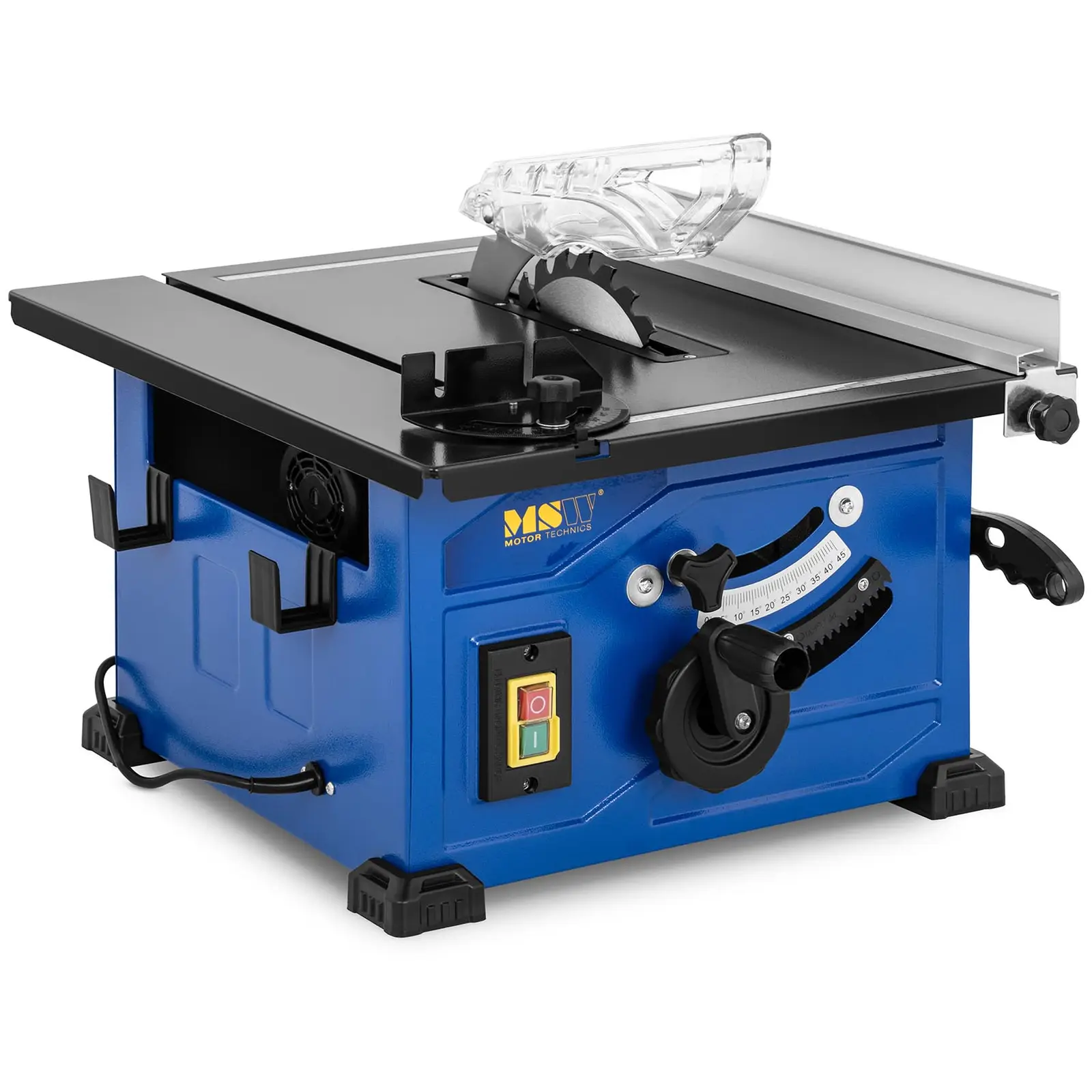
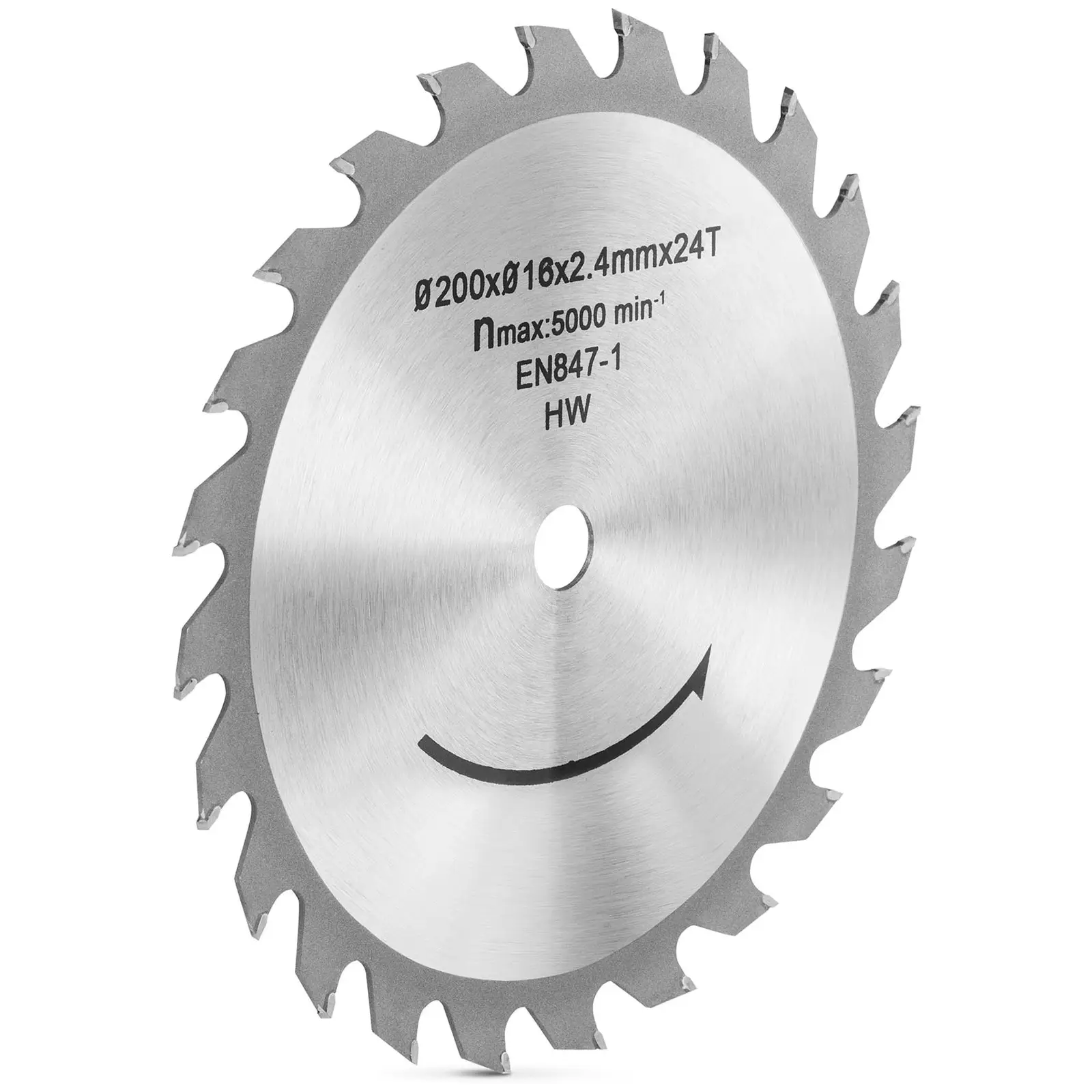
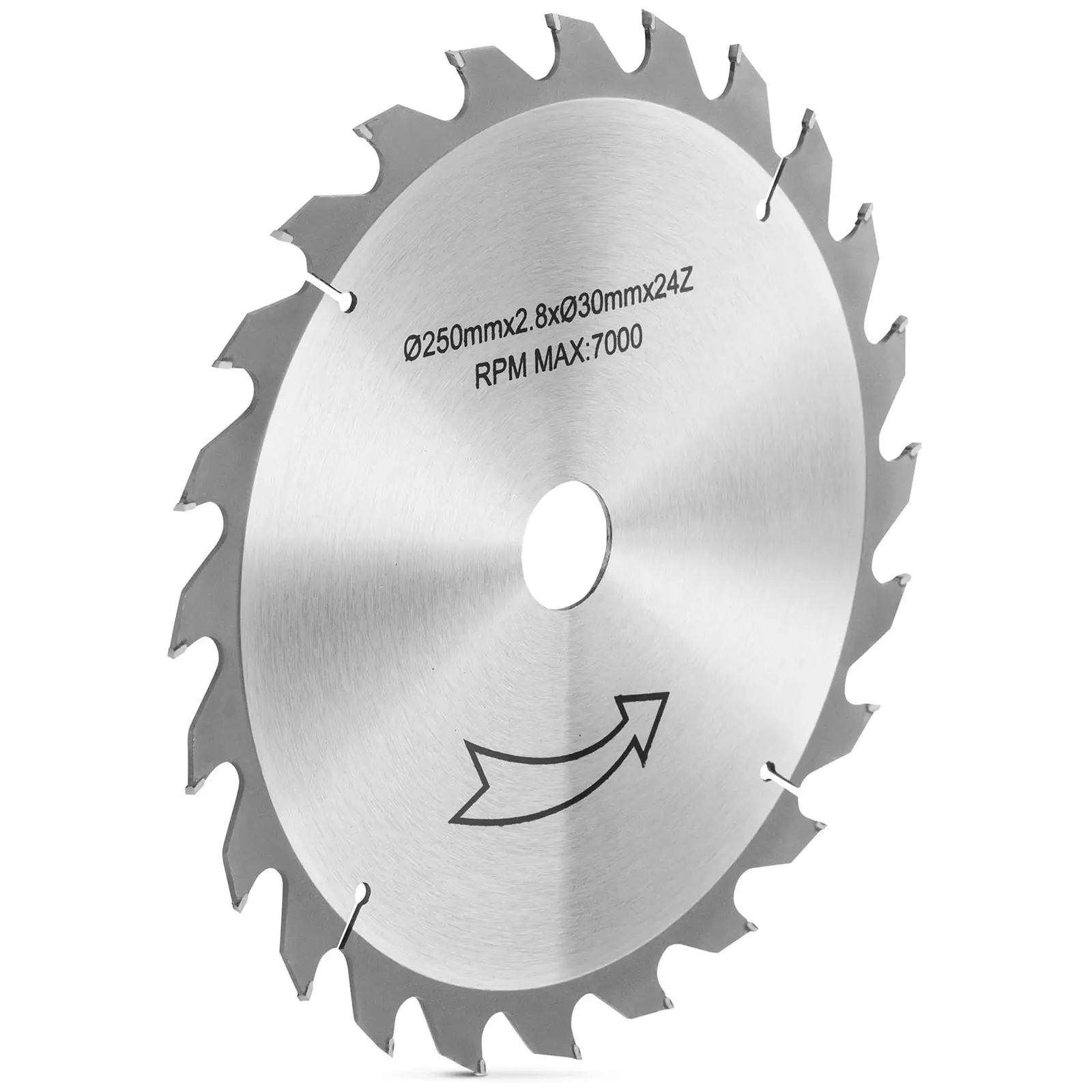
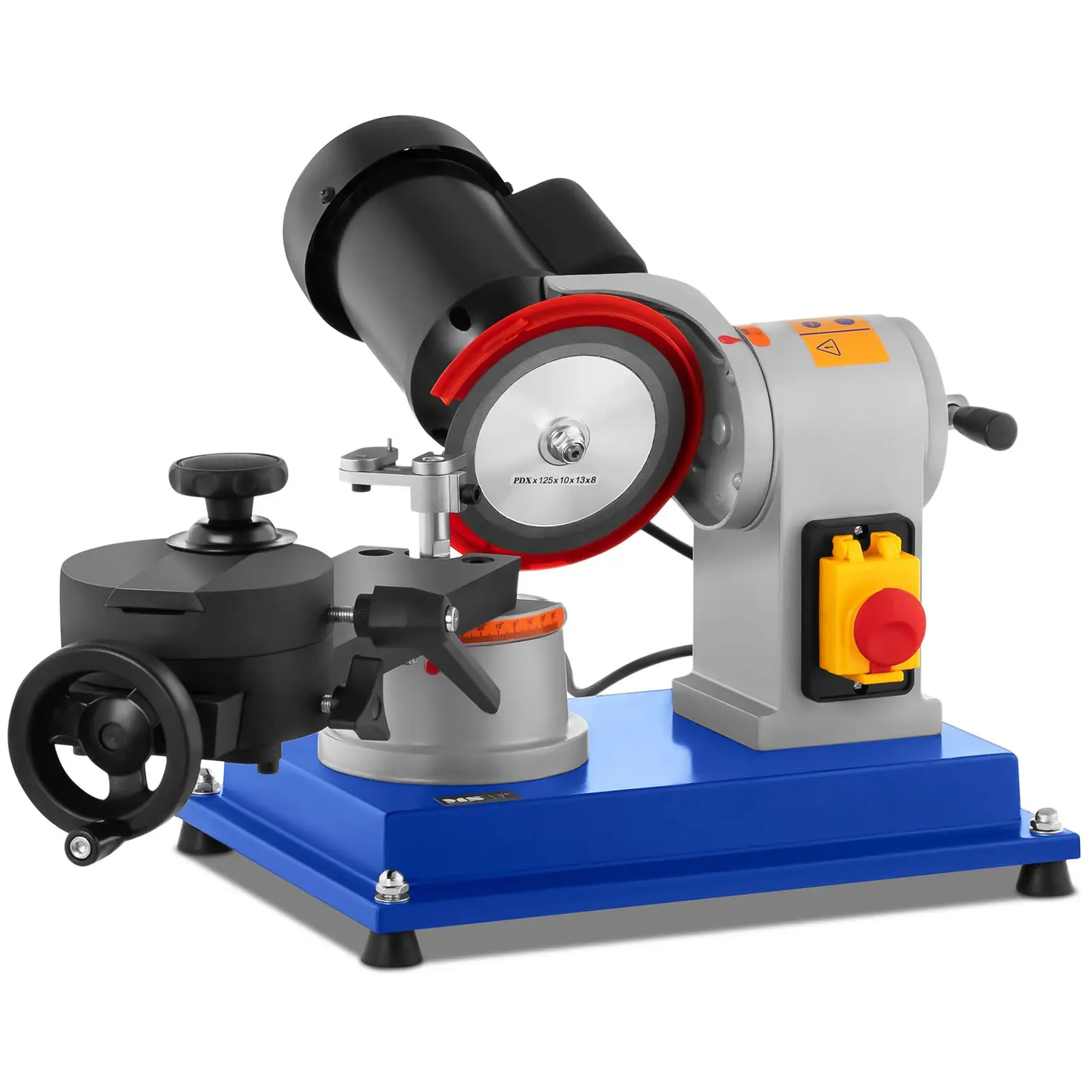





Share